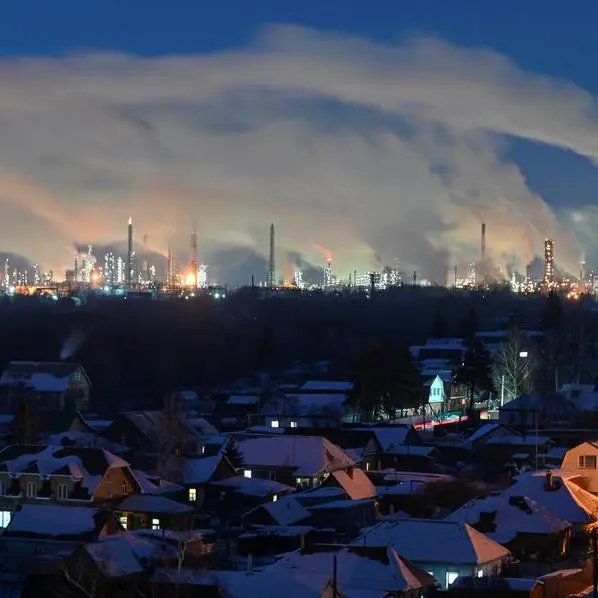PHOTO
(The opinions expressed here are those of the author, a columnist for Reuters.)
LAUNCESTON, Australia - The two main spot prices for iron ore diverged last week, with Singapore-traded contracts gaining but China's domestic futures posting a decline.
The two benchmarks generally move in tandem, but can de-couple, especially when Beijing expresses displeasure over price gains for the key steel raw material, as has happened in recent weeks.
But the increase in the Singapore Exchange contracts show that Beijing may be pushing on a rope insofar as it can browbeat domestic investors for a while, but will struggle to contain international prices, especially if there are fundamental reasons supporting higher iron ore prices.
The front-month Singapore contract ended at $132.60 a metric ton on Dec. 1, up 1% for the week and the highest close in 18 months.
The front-month futures on the Dalian Commodity Exchange ended last week at 969 yuan ($135.71) a metric ton, down 0.8% for the week, the first weekly loss after seven straight gains.
While modest, the decline in the Dalian contracts shows some nervousness among China's domestic traders in the face of several measures aimed at curbing iron ore's rally.
The exchange said on Nov. 30 that it will continue to strengthen its supervision of iron ore futures to maintain what it termed the safe and stable operation of the market.
This move came after China's state planner said on Nov. 24 it will boost supervision of iron ore at ports and guard against hoarding and speculation.
The National Development and Reform Commission also said it will tighten supervision of spot and futures markets in response to a "continuous and rapid" rise in the price of iron ore.
Dalian futures have been in a sustained uptrend since the close of 587.5 yuan a metric ton on May 25, having gained 65% since what is so far the weakest closing price in 2023.
The rally may seem to be at odds with the weakness in China's key property sector, which has been battling weak prices and a liquidity issues among major developers.
However, some confidence has been creeping back into the iron ore market amid efforts to boost the sector, and some signs of improvement, with China's new home prices rising slightly in November for a third monthly gain.
But despite the travails of the property sector, China's iron ore imports have been relatively robust so far in 2023.
RISING IMPORTS
In the first 10 months of the year official customs data show imports of 975.84 million metric tons, an increase of 4.64% over the same period in 2022.
Arrivals are also likely to have been strong in November, with commodity analysts Kpler tracking imports of 103.82 million metric tons, while LSEG data is less bullish at 96.72 million.
Overall, it's likely that November imports will end up more or less the same as October's customs figure of 99.39 million metric tons.
A further bullish factor is the level of inventories at China's ports, with data from consultants SteelHome showing stockpiles were 110.7 million metric tons in the week to Dec. 1.
This was up from 108.5 million metric tons the prior week, but it's worth noting that inventories are well below usual levels for this time of year, and are only slightly higher than the seven-year low of 105.15 million, recorded for the week to Oct. 20.
In the same week last year iron ore stockpiles were 137.5 million metric tons and were 155.4 million in the same week on 2021.
The depleted level of inventories suggests that iron ore imports may remain at robust levels in coming months, especially if steel mills and traders gain more confidence that the worst is over for the property sector.
Overall, both fundamentals and sentiment have shifted in favour of iron ore in recent weeks, and the only thing standing against higher prices, or at least a maintenance of recent gains, is stronger moves by Beijing.
History suggests that the authorities can cool iron ore prices, but only for a relatively short period, especially if the market conditions are supportive for stronger prices.
The opinions expressed here are those of the author, a columnist for Reuters.
(Editing by Sonali Paul)





















